Hells Bells
This is the Monogram 1/48 P-39 . First released in 1969, this example is from a 1989 dated box. The kit provides decal options for 4 different P-39s , one Russian and Three American. I chose the P-400 version, which is the one intended for the British, but used as a stop-gap measure by the U.S. Army Air Force in the early days of the Pacific War.
I could not find much information about the Airacobra named Hells Bells, other then a photo. It was in the 347 Fighter Group, 67th Fighter Squadron of the 13th Army Air Force at Guadalcanal.
Experience showed that the P-39 was better suited for ground attack missions rather then dog fighting with Japanese Zeros.
The Russians had greater success with the P-39 then anyone else and received about half of all Airacobras built.
The kit is an easy one to build with just the right amount of parts. It has both engraved and raised panel lines, something for everybody. It has a nicely detailed pilot figure, panels that can be left open to show engine and gun details, a cockpit door that can be posed open or closed, and the choice of a drop tank or 500 pound bomb to mount on the bottom. It's really a nice kit, one of my favorite Monogram models.
For paints I used Tamiya XF-52 Flat Earth, XF-67 NATO Green, XF-19 Sky Gray. The white was Tamiya flat white spray paint.
I included some group photos with my two other aircraft models with mouths.
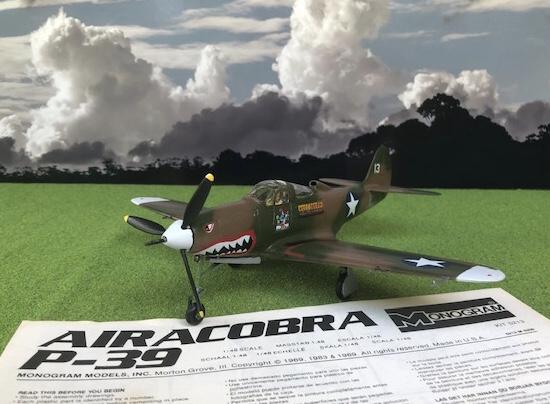
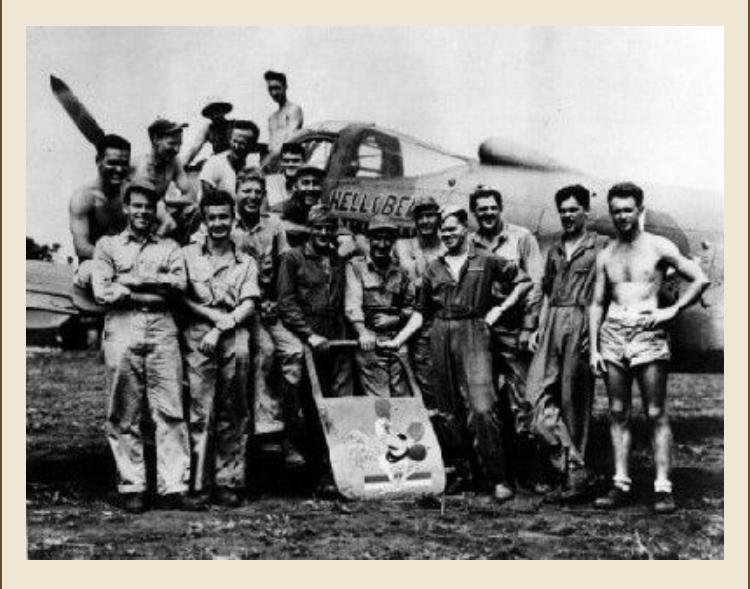
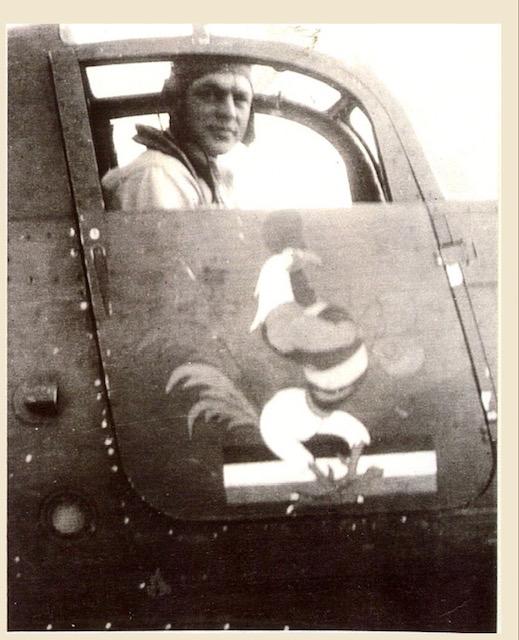
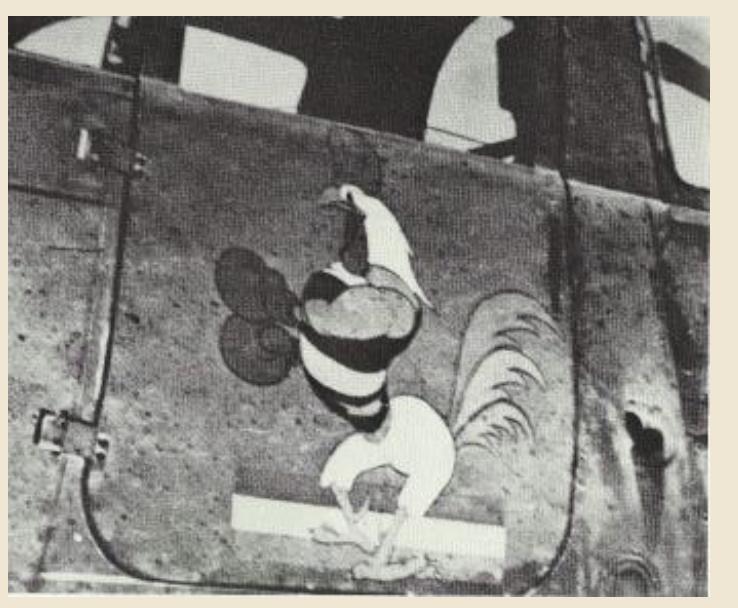
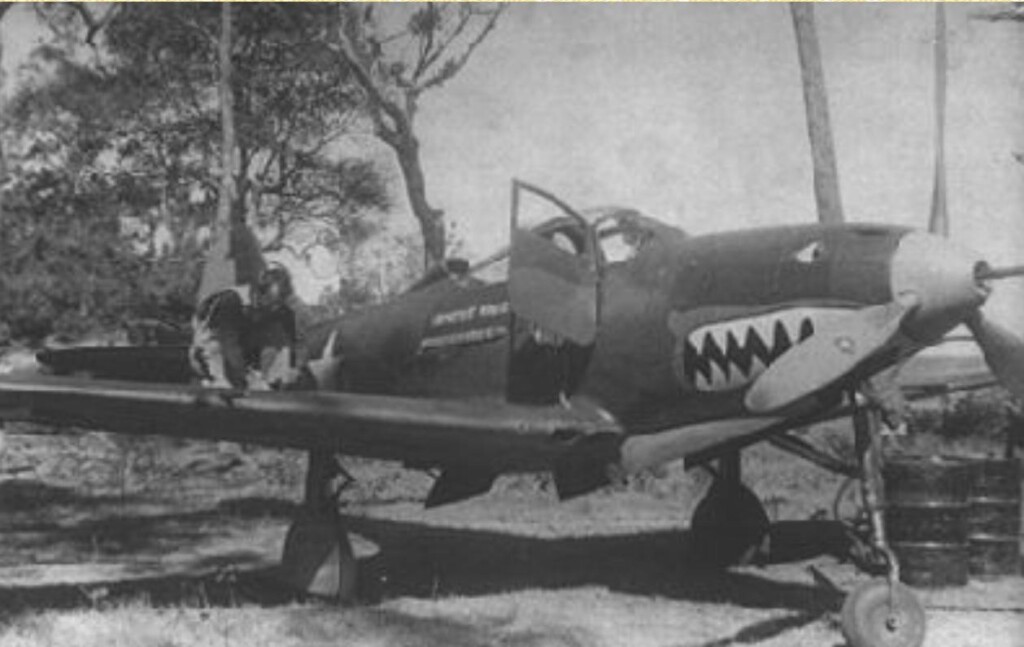
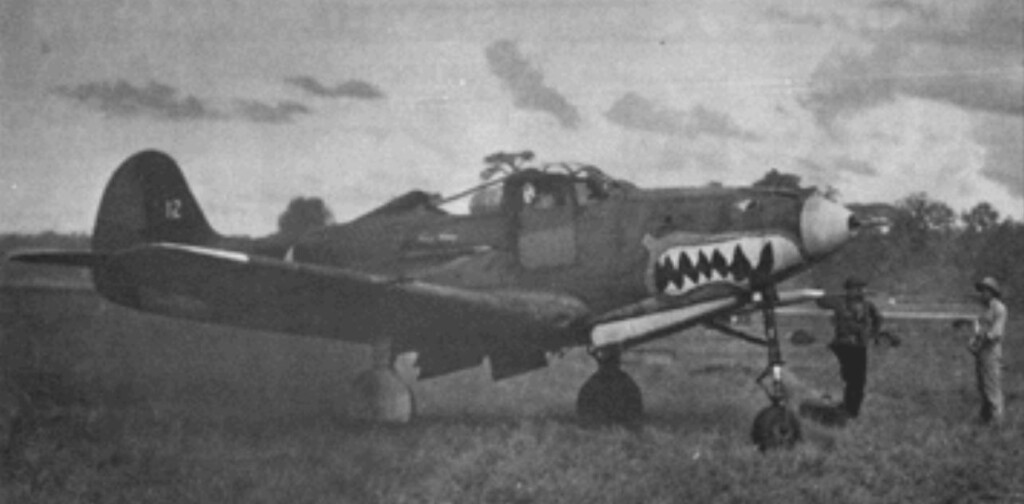
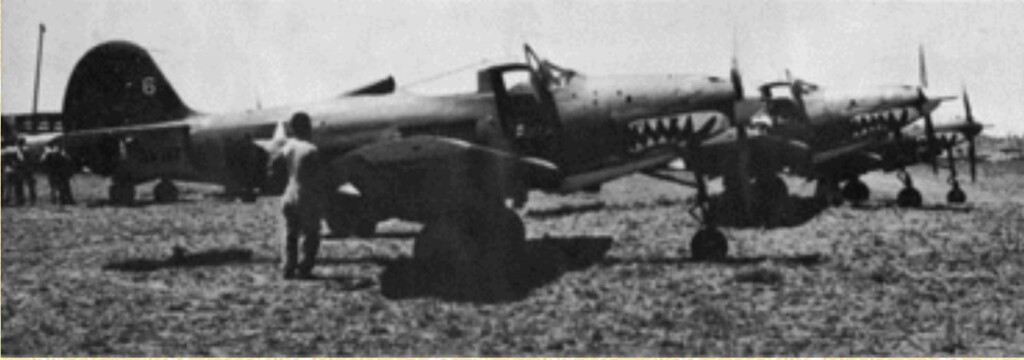
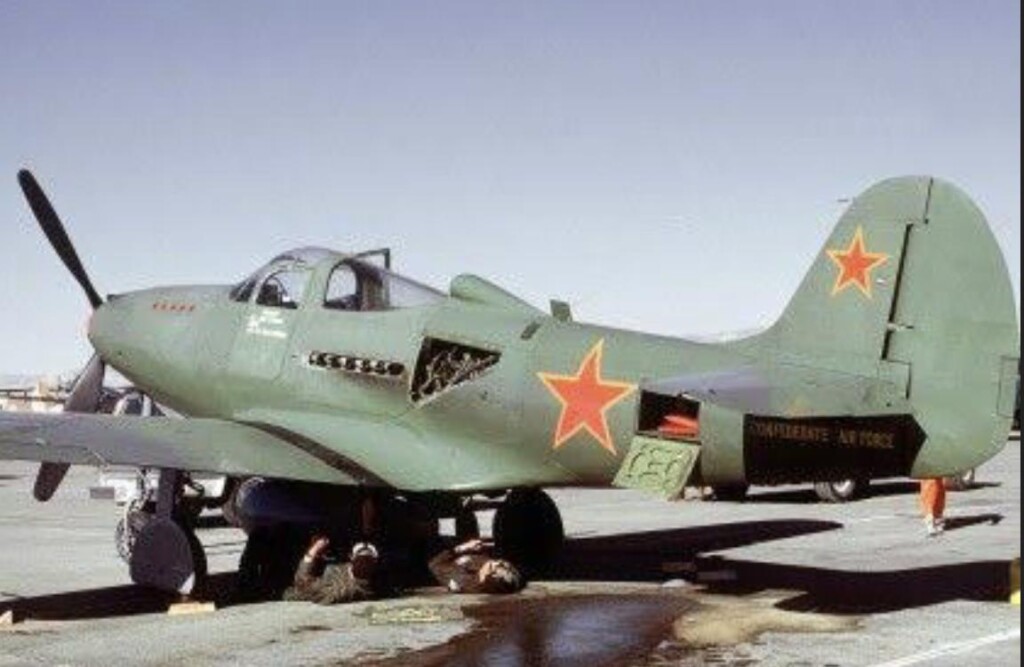
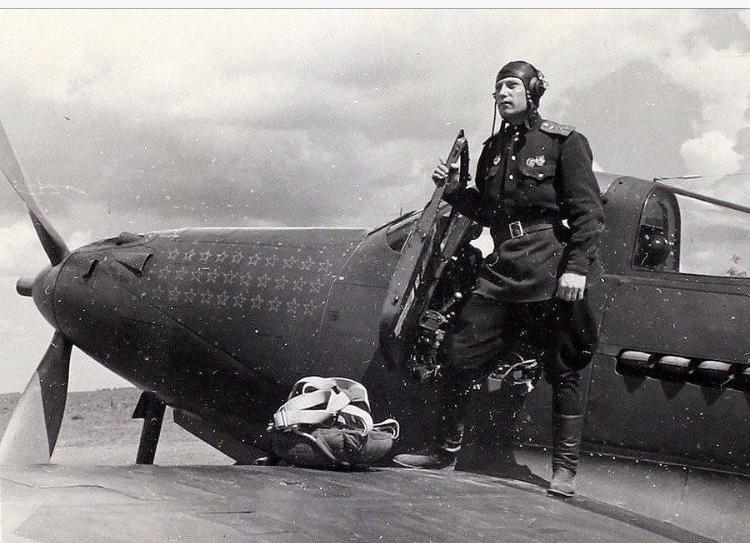

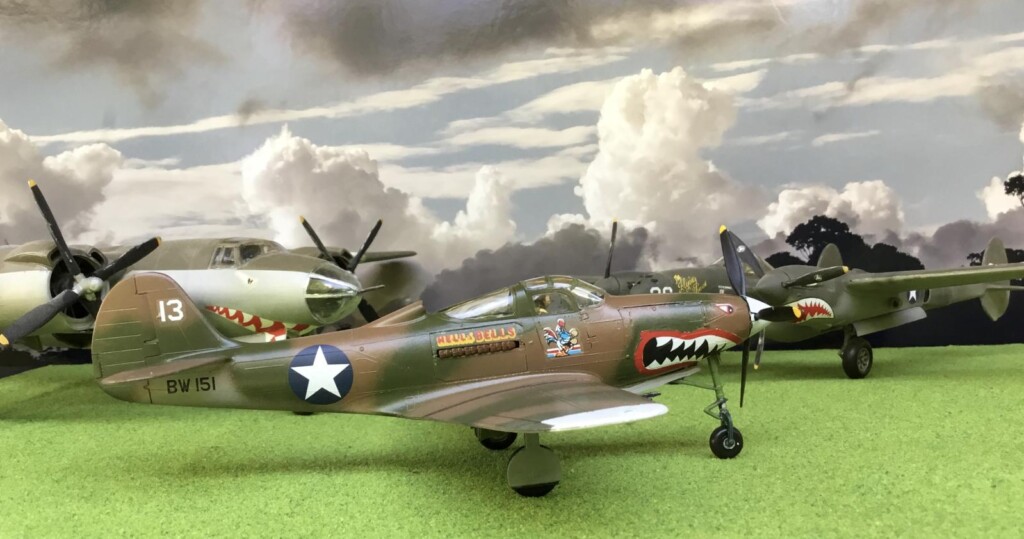
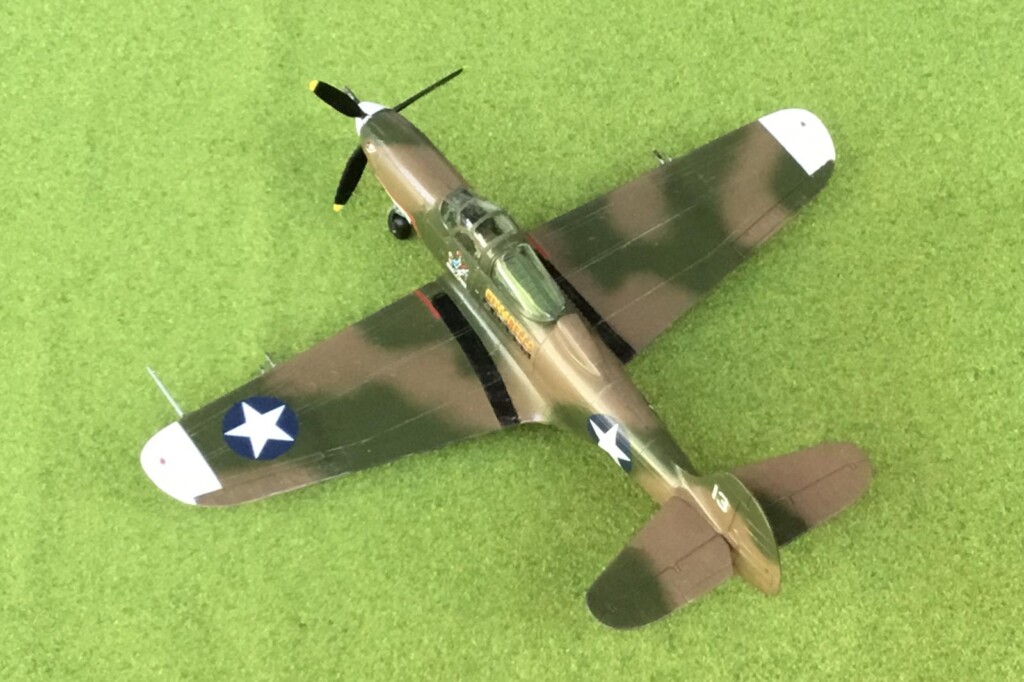
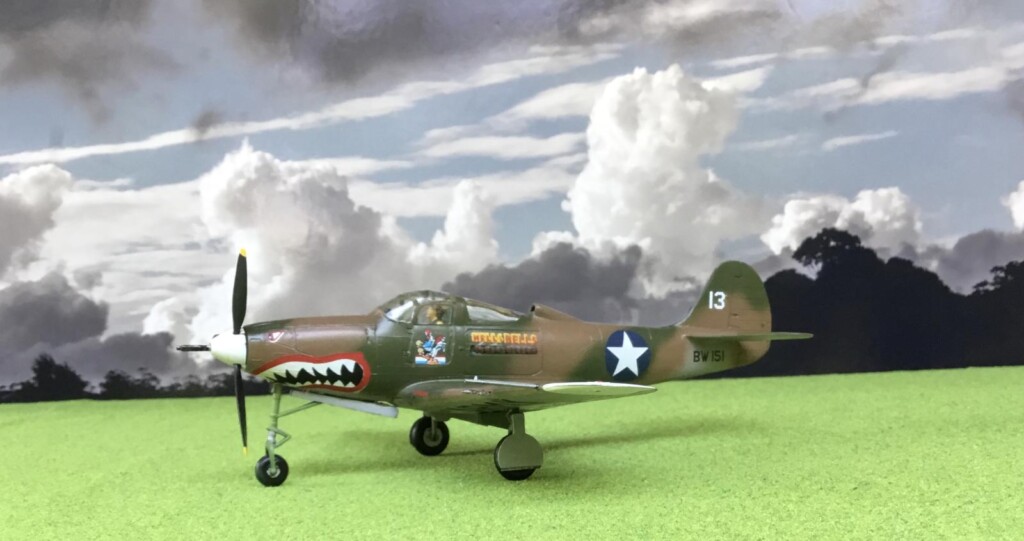
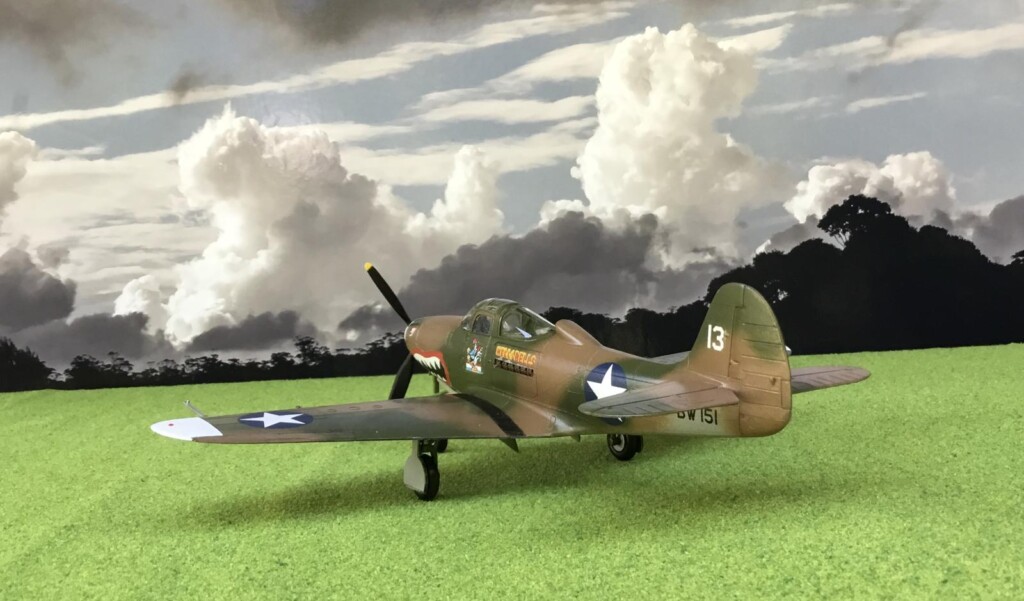

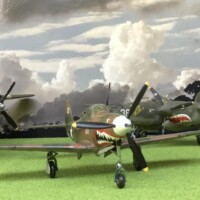
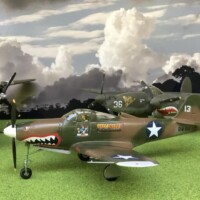
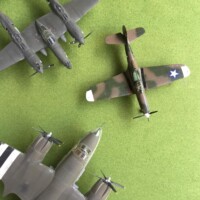
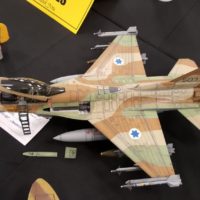
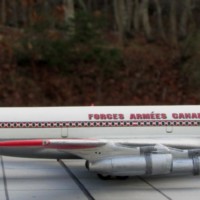
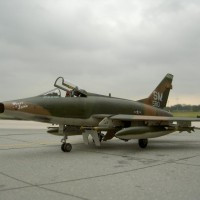

Stunning result, Jay!
I love classic Monogram kits and I love your job you did on that!
Thank you, Spiros @fiveten ! It’s one of my favorite old Monogram kits
looks great! Fantastic painting!
Thanks Lis !
Superb build, Jay @ssgt
Great chosen scheme and nicely applied.
Very nice group pictures as well.
Thank you, John @johnb, I think it’s the most attractive scheme for the Airacobra.
Nice job, Jay!
Thanks Gary @gwskat !
Great result on this Jay! I built this kit last year and found it to be a pleasant experience. Your cammo came out really well and the finished product looks great next to your B-26 and P-38
Thank you David @dbutlr !
It is a great kit, no fit issues or other drama.
I’m glad the 30+ year old decals were still useable.
Nice work, Jay. That’s still a great kit. It beats the Eduard kit in the shape department and almost equals the Hasegawa kit overall in my opinion.
Thanks for the comment , John ! The Monogram kit is the only 1/48 P-39 I’ve ever built.
That's a great lookin' 'Cobra Jay! 😃 One of my favorite Monogram models too. 🍻
Thank you Gary @garybrantley ! Monogram had some great kits , like this P-39, and the F9F Panther, P-47 but they also had a few I didn’t care too much for (such as the P-61 )
Nice build Jay @ssgt, it looks great, I love the paint scheme! The P-400 is one of my favorites, the decals you used on this has some nice colors. Nice group shot too.
Thank you, Bob @v1pro ...
That’s my favorite paint scheme for the Airacobra. The kit’s decals were a little out of register , I used some aftermarket decals for the stars.
Great work on the classic Monogram kit, Jay. I think you have got the ex-RAF colors exactly right. Smooth decal work on one of my favorite schemes.
Always impressive how accurate the overall shape is on the older Monogram kits. Really nice to see this one built. The raised panel lines looks just fine in this scale.
I am planning to do the same shark-mouth scheme on the Kitty Hawk 1/32 kit, for which I will have to paint on the markings. Somehow, I've also got to get hold of the 12 stack exhausts for the p-400 in 1/32. Hopefully someone has a set left over as an unused option from the Special Hobby kit.
Thank you, Colin @coling for the compliment ! I appreciate it. I had used those green & tan paints as part of the camo for the IL-2 & PE-2 I built a couple years ago. And I thought it looked suitable for the P-400 project too.
I didn’t know there was more then one choice for the Airacobra in 1/32. It will look great when you’re done.
A little history on the 67th FS (I just wrote about them fairly extensively in "Cactus Air Force" which is published tomorrow).
They first arrived at Noumea in lateFebruary 1942. They had 48 crated airplanes that had to be trucked 20 miles from the port to the airport, using the only large truck on the island. That took 16 days of 24-hours a day operations up the mountain and back down. Then they opened the crates and found the P-400s, which no one had seen before. There were no manuals, and only first-line tools included. Two MSGTs took charge. Over 45 days they assembled 44 of them, including one assembled from parts of 3 that were each missing different important parts. They found the airplanes miswired at the factory (one would fire the guns when the landing gear was retracted) By May they had them assembled and Dale Brannon - who had been part of the test team for the first P-39s delivered to the Army the year before, test flew each.
When they finally went up to Guadalcanal, the first 8 flew through tropical rainstorms all the way from Noumea to Guadalcanal at 200 ft so they could see the ocean, flying close wing on the B-17E that gave nav guidance. All eight just made it to Henderson, with the engines of 6 dying on the runway for lack of gas.
After finding out they couldn't get oxygen since their system was high-pressure British and the Marines used low-pressure American, they could only fly at 12,000 feet or below, which meant they couldn't take on the Japanese bombers. But they turned out to be death on the barges the enemy was using to get reinforcements to the island.
They saved Guadalcanal at the Battle of Edson's Ridge, which was the closest the Japanese got to retaking Henderson Field (at one point in the middle of the night as the battle raged, General Vandegrift and his commanders were planning how they could get their men into the interior of the island to conduct a guerilla campaign after the Japanese took the perimeter). At dawn, the four P-400s that were operational took off. The field was muddy from rain and overuse. The first one got off; the second got mired in the mud, failed to achieve flying speed, stalled when yanked into the air and crashed an exploded at the end of the runway; the third, which was halfway down the runway when the second crashed, managed to lift off and fly through the explosion safely; the fourth stood on his brakes, gave it full power, and managed to get off at the 3/4 point, flying over the explosion. Once in the air they went over to Edson's Ridge (a mile away, overlooking the field) where in the dawn's first light they caught the enemy and strafed till they ran out of ammo - one was hit in the engine and had to deadstick back to the field. They broke the attack and the mud Marines later identified over 400 enemy dead. Guadalcanal was saved.
The last of the P-400s was replaced with new P39Ns in mid-October. All of them had been used up in the battle.
Thank you, Tom @tcinla for the brief history of the P-400.
Very fascinating to read. I hadn’t realized their operational use was only a few months.
The Monogram kit is still a contender, Jay! If I remember correctly, that kit was one of my first 1/48 scale kits.
I remember reading that the P-39 was one the the ‘slipperiest’ prop jobs because of its rear engine mount and minimal frontal area.
Great looking bird, really like the paint work.
Hey there , George, @georgeswork , thanks for the compliment, I appreciate it. This was one of the first ones I built too, I recall my dad and I working on one of these in about 1972 or so. As far as 1/48 P-39s go, I don’t see a need for another one.
Looks great, Jay, nice job on this old kit.
Thank you, @chinesegeorge, I have a soft spot in my head for old kits.
Jay this is another WINNER that you have produced. This P-39 ranks as one of my favourites. I think I must move my Hasegawa 1/48 release up on the list of models to build in 2023. Your work is inspirational. Thanks for sharing this beauty! Well done my friend.
Thank you , Morne @mornem ! I appreciate your kind words and also your encouraging emails and suggestions during the construction. I’d be interested to see the Hasegawa kit , I can’t imagine anything better then a 50+ year old Monogram kit.
Nicely done Jay and nice job on the camo. I've done several Monogram P-39's and always enjoyed building them. Posted a Monogram P-39 on iModeler that was flown by 2Lt Bill Fiedler, with the 347th FG, 68 FS. He would be the one and only Army pilot to get 5 kills and ace status flying the P-39. Unfortunately, while waiting for takeoff on Guadalcanal a P-38 lost an engine while taking off and crashed into his A/C. Both planes exploded and both pilots were killed. One wonders how he would have finished the war had he lived and was able to fly newer and improved A/C.
Thanks for the compliment Tom @tom-bebout !
That’s a terrible way for Lt Fiedler to die.
Looks great Jay! Love to see it in person (hint, hint...)
Hi Greg @gkittinger ! Thanks for your kind words !
Someday I’ll get a chance to visit your club , everyone seemed really nice that day in your garage ! Maybe I’ll have something even better to show off by then !
Terrific, Jay (@ssgt). Old Monogram kits still build into great models with a little TLC. Awesome work.
Thank you, George @gblair ... you’re right about old Monogram kits, as your recent Typhoon shows !
All of the above , great job.
Thanks Robert @roofrat !